Recently get a red light camera ticket? They’re so annoying, aren’t they?
As of January 2022, 338 communities in 22 states and the District of Columbia use automated red light camera enforcement.
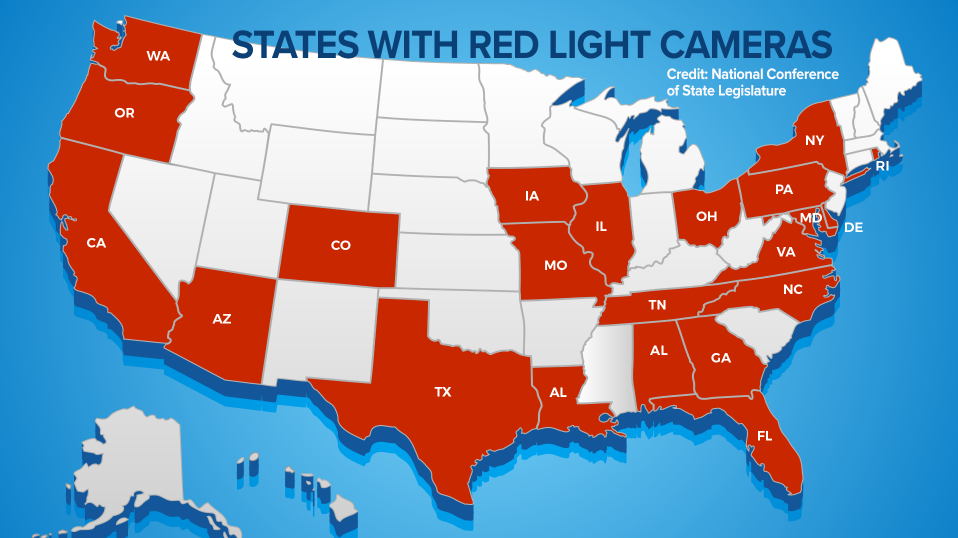
Automated enforcement—that is, red-light and speed cameras—allows state and local governments and law enforcement agencies to remotely capture images of drivers violating traffic laws and issue citations, to drivers.
These cameras work by snapping a photo of a vehicle’s license plate number of drivers that illegally run a red light (or speed) and the owner of the vehicle can expect to receive a ticket in the mail.
After the initial introduction of red light cameras in NYC in 1990, numerous state and city jurisdictions have implemented the use of red light cameras to reduce fatal crashes and promote safety.
Today, we take a quick dive into red light camera stats to see whether they actually improve safety or if they’re just a “money maker” for local jurisdictions.
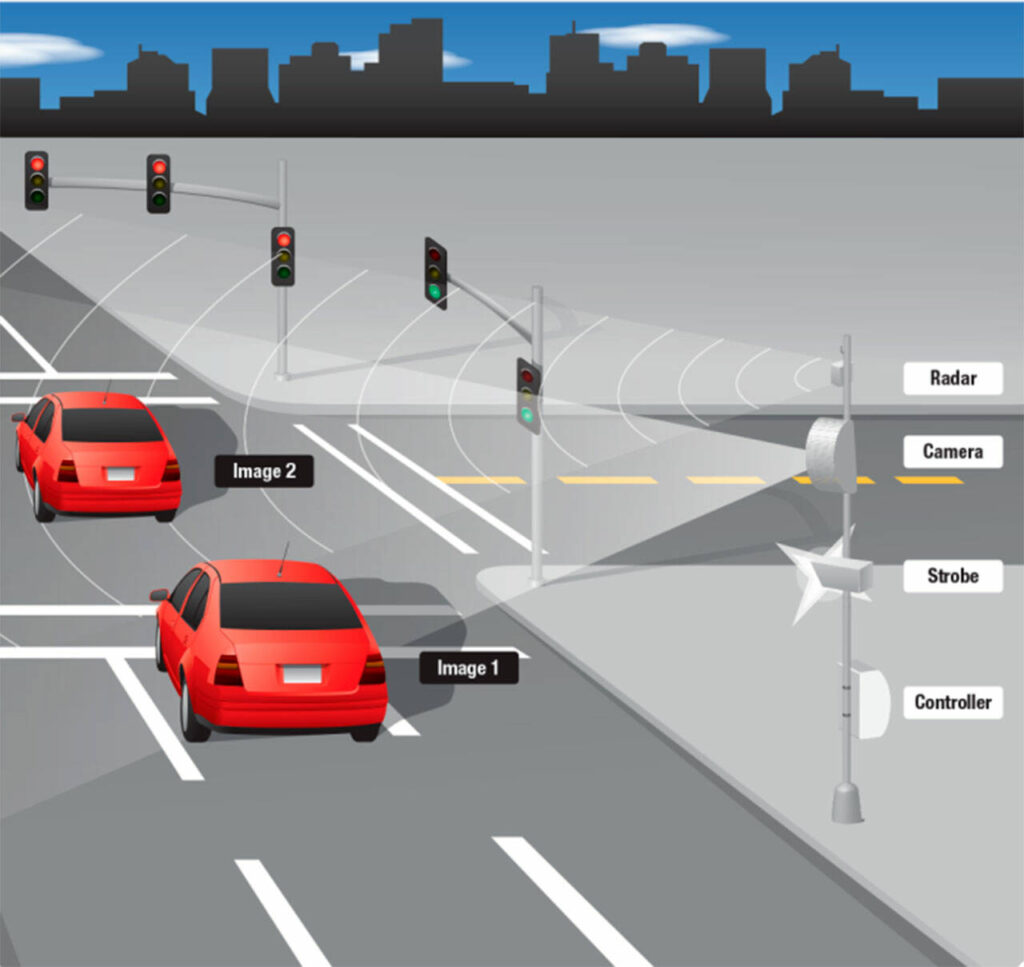
Red Light Camera Ticket & Safety Stats
AAA’s report concluded that 28% of crash deaths were occurring at signalized intersections and caused by drivers running red lights. Data from the Insurance Institute for Highway Safety (IIHS) shows that drivers running red lights resulted in 928 deaths and an estimated 116,000 injuries in 2020 alone.
NHTSA also reports the estimated economic cost of speed-related crashes is about $52 billion a year.
Studies evaluating the effectiveness of automated enforcement generally show a positive effect on traffic safety. A 2016 IIHS study of the effectiveness of red-light cameras found that removing red-light cameras from intersections costs lives.
To reach this conclusion, researchers compared trends in annual fatal crashes in 14 cities which ended their camera programs with those in 29 cities in the same regions that continued their programs.
IIHS released data from a 2016 study of speed cameras in Montgomery County, Maryland, and found that about 7 1/2 years after the program began, the proportion of drivers traveling at least 10 mph over the speed limit had declined on streets with speed cameras.
The cameras reduced the likelihood of fatal or severe injury crashes by 19%. The IIHS study concluded the likelihood of a driver exceeding the speed limit by more than 10 mph on roads with cameras decreased by 62% compared to similar roads without cameras.
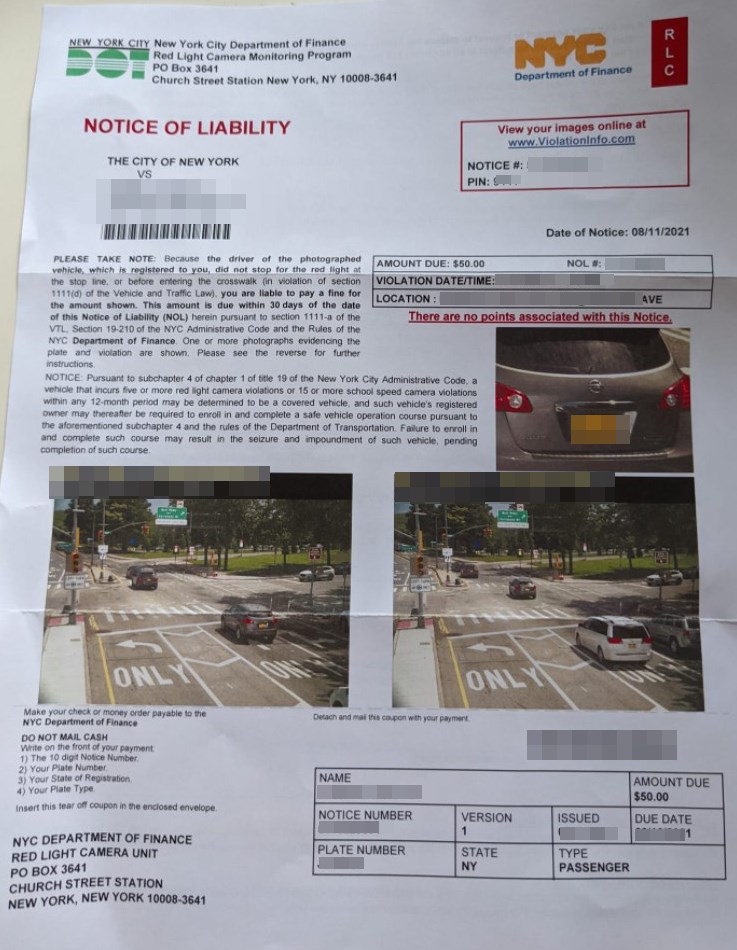
The good news is…
AAA, IIHS & U.S. DOT along with other traffic safety organizations, have since released operational guidelines & an automated enforcement checklist which strongly emphasize transparency and implementation based on safety concerns that communities can use when seeking to implement red-light and speed cameras.
While the stats clearly show that red light cameras can help make the roadways safer…
There’s still much debate to whether ‘automated enforcement’ does more to benefit the local governments or the communities they serve.
AAA’s Traffic Safety Culture Index showed only 44% “somewhat” or “strongly supported” using cameras to automatically ticket drivers operating more than 10 mph over the speed limit on residential streets.
Financial Stats
Considering the average red light camera ticket is $50 to $1,000 – the additional revenue in fees can add up FAST for a city!
Look at how much Chicago brings in with red light cameras…
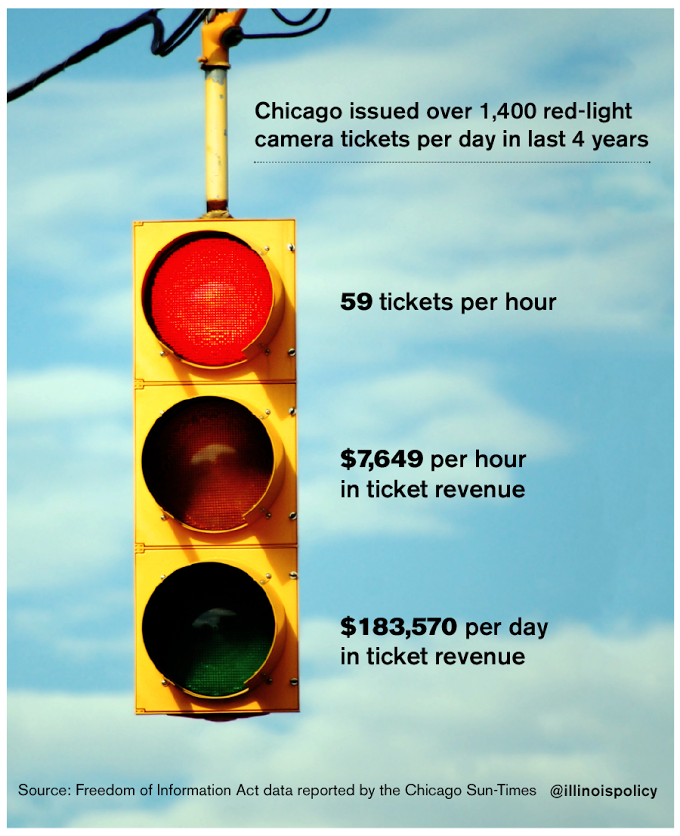
Or how much they bring in with speed cameras…
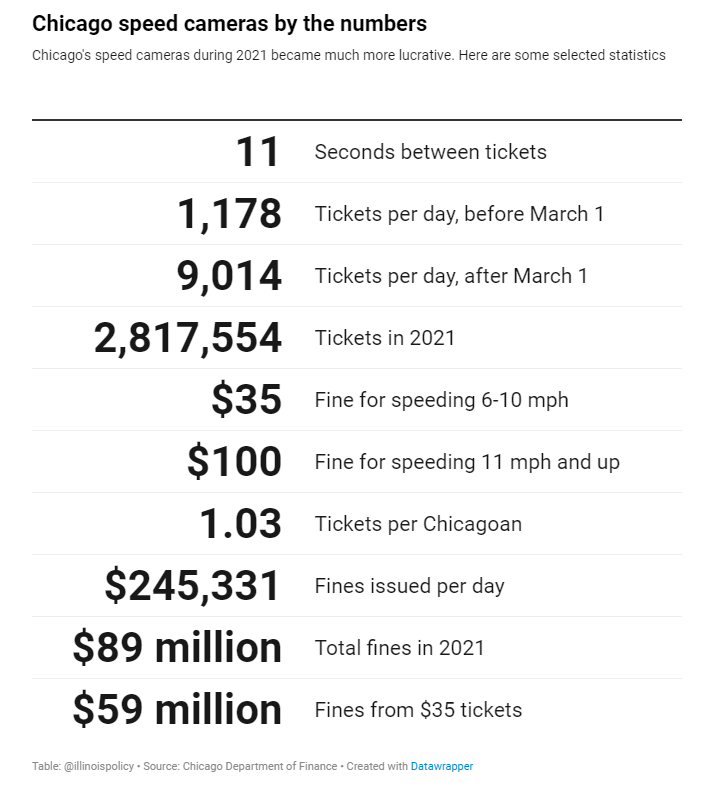
Another example is the city of Citrus Heights…
after the Citrus Heights city council voted 4-1 to expand the city’s red light camera program, Councilman Bret Daniels accused the program of being a moneymaker, but admitted he hadn’t seen actual figures on the revenue generated from the tickets.
“I’m not convinced red light cameras make things safer,” Daniels previously told The Sentinel. “I am convinced they make someone, the private company that puts them in, a lot of money.”
According to revenue and expense totals released by the Citrus Heights Police Department last week, Daniels is correct. The majority of red light ticket revenue received by the city goes to pay Redflex Traffic Systems, Inc., the Australia-based company the city contracts with to maintain and operate red light cameras in Citrus Heights.
After all costs of implementing the camera program are accounted for, Lt. Russo said the city’s general fund netted an average of $57,660 per year from the camera program, although figures from the most recent year put the net revenue at $124,600.
While red light ticket money received by Citrus Heights from the courts on average has exceeded $600,000 per year, Lt. Russo said that figure only represents a fraction of Citrus Heights Police Department $21 million budget in fiscal year 2015-16.
Russo said red light tickets are the top citation issued in Citrus Heights
“because the red light system obviously generates more violations than an officer could sitting there.”
We could go on and on with dozens of other stories like this one. But at the end of the day – the results will continue to be split down the middle…
Red light camera tickets can help to keep our communities safer and they can also be a great leverage point for cities & local police departments to earn A LOT MORE money without doing hardly any work.
The best part is – you don’t have to get caught up in the debate…
Let them keep their red light and speeding cameras – because now you know how to claim your rights and Beat the Ticket without paying them a dime!
Click to Learn More About Beat the Ticket Secrets
In the particular case below, this student was actually convicted of a felony and yet the case was still able to be dismissed…
We don’t guarantee this will always work on felony charges but as long as you did no harm to person or property, you can use these strategies to help you beat the charge and fees.
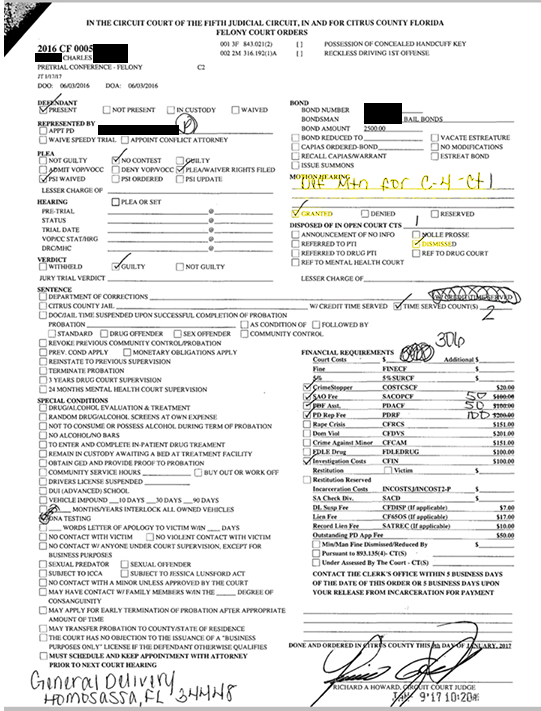
Your friends in finance,
Private Wealth Academy
Leave a Reply
You must be logged in to post a comment.